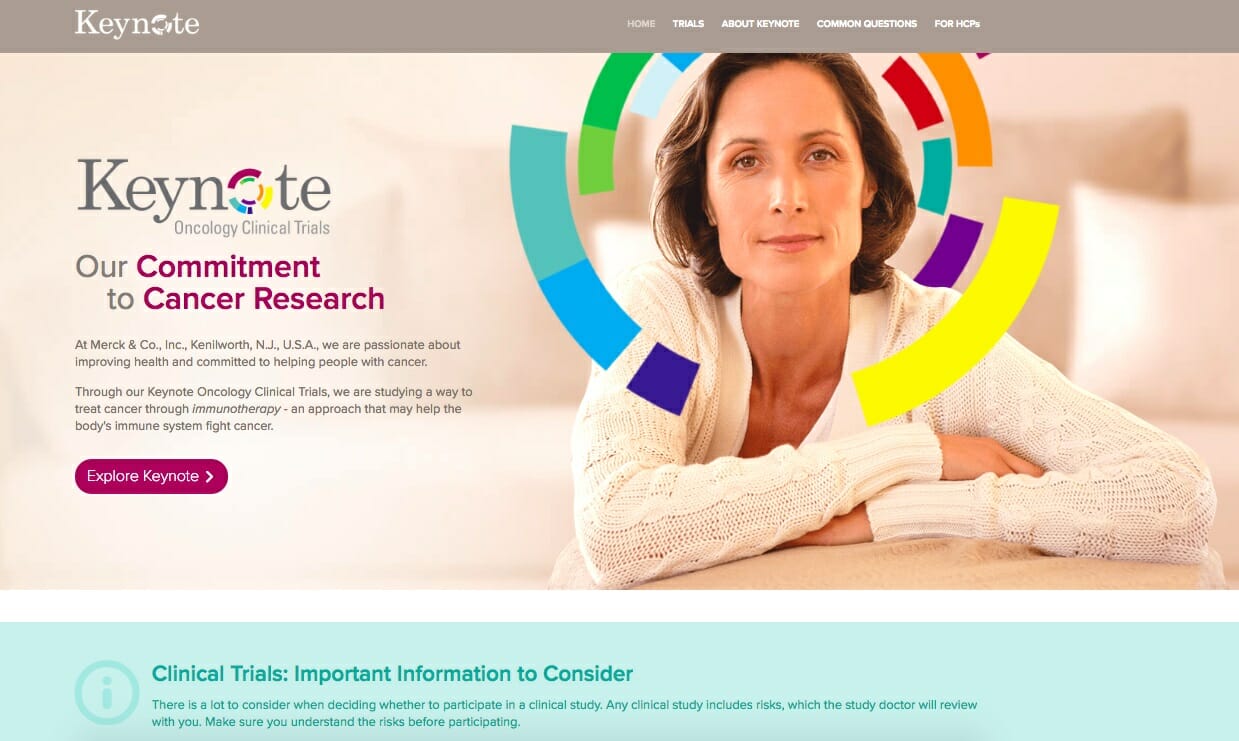But given the agency does this at an earlier point in the developmental process — when compounds are navigating their way through clinical trials — Continuum is often categorized as a different kind of firm.
Chairman and CEO Stanton Kawer agrees and disagrees with that labeling. “Traditional healthcare agencies often do the same things. We’re all trying to improve patients’ lives,” he explains. “But we have to do so without a brand.”
Categorization efforts are further complicated because the typical Continuum client sits in a different place within the pharma organization: The agency works with research and development and clinical types, as opposed to commercial and brand people.
“That makes for a different optic,” Kawer continues. “Our pledge to them is to always help mitigate risk to meet milestones in clinical trials. We accelerate enrollment and boost [participant] retention.”

By all accounts, the Northbrook, Illinois-based Continuum does it well. Revenue inched upward in 2017, to $23.5 million from $22.3 million in 2016. The company added 34 people during the year, running its total to 153.
While Kawer “feels silly” not being able to discuss clients due to confidentiality clauses, the agency is known to have worked with AstraZeneca and Merck’s oncology arm.
Kawer talks about two successes in broad terms. For one client, a Continuum campaign enrolled 40% of a study’s participants, which got the compound in front of the FDA six months sooner than anticipated. For another, Continuum’s advocacy team convinced an FDA panel not to split apart a new indication, which would have required two trials instead of one. “If they’d split it up, the trial probably would have ended due to cost,” Kawer says.
One senses he doubts the ability of in-house groups and more traditional agencies to claim a piece of Continuum’s niche. “We hear [other organizations] have an interest,” he explains. “There’s always an expectation they can do it themselves, but it’s not easy to do this the right way.”
And what way is that? “Patient recruitment is not a slow build,” Kawer responds. “A 24/7, high-response approach is needed.”
From the July 01, 2018 Issue of MM+M - Medical Marketing and Media







